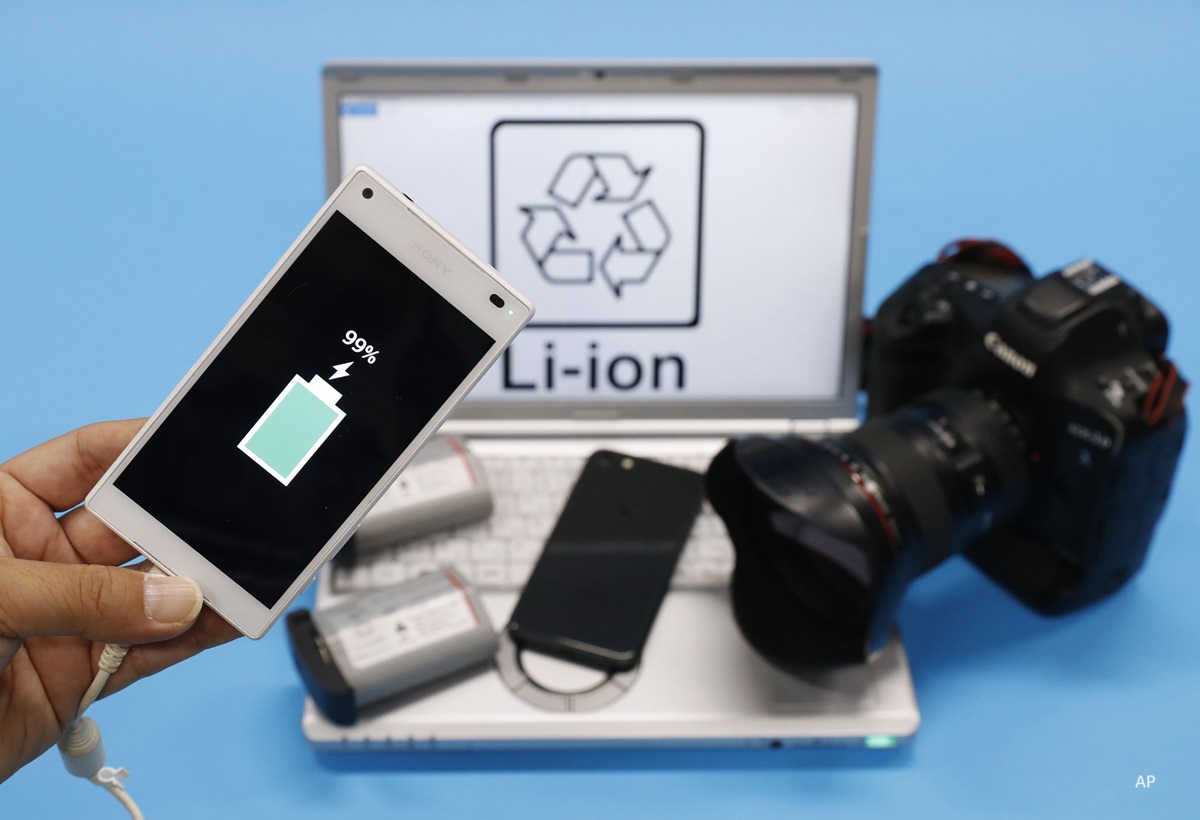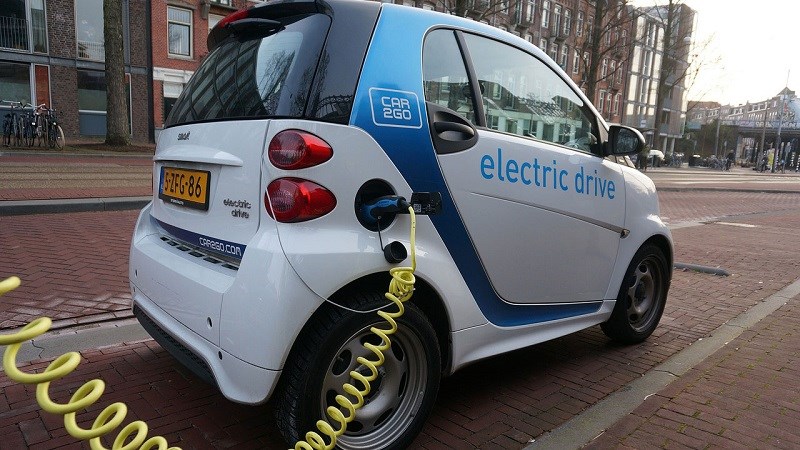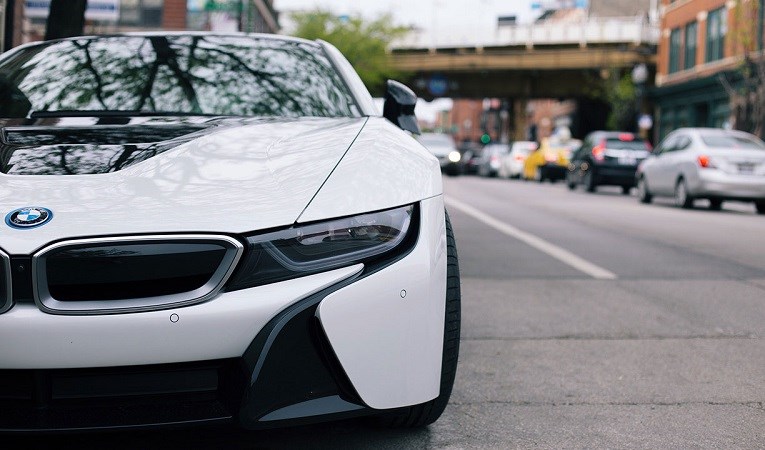
The lithium market is bouncing back as the battery-operated eclectic vehicle (EV) revolution spurs demand. Lithium is the main ingredient in rechargeable batteries used in EVs, portable electronic devices, and energy storage packs.
As electric vehicle adoption increases globally from 2% of new-vehicle sales in 2018 to 15% by 2028, lithium demand is forecast to grow roughly 5 times to 1.5 million metric tons, according to Morningstar equity analyst Seth Goldstein. The number of electric cars on the road is projected by the International Energy Agency to jump from 5 million in 2018 to a staggering 145 million by 2030. As a result, production of lithium-ion batteries is expected to increase significantly, boosting lithium demand. Roskill, a firm that specializes in research and consulting in metals, minerals and chemical industries, forecasts lithium demand from battery applications to rise 25% per year through to 2028.
Lithium producers stand to directly benefit from the exponential growth in EV adoption. The following undervalued lithium stocks are well-positioned to profit from these emerging trends. Their potential for growth and favourable market dynamics make them attractive long-term investment vehicles as the global pivot to e-mobility and battery storage continues to fuel demand for lithium.
| Sociedad Quimica Y Minera De Chile SA ADR | |
| Ticker: | SQM |
| Current yield: | 3.91% |
| Forward P/E: | 15.70 |
| Price: | US$27.31 |
| Fair value: | US$57 |
| Value: | 52% discount |
| Moat: | Narrow |
| Moat trend: | Stable |
| Star rating: | ***** |
| Data as of October 25, 2019 | |
Chilean commodities firm, SQM (SQM) has significant operations in lithium (for EVs), specialty potassium fertilizers, iodine (for X-ray machines), and solar salts. The company is the world’s largest, low-cost lithium producer.
“SQM’s crown jewels are its geologically advantaged lithium and caliche ore assets,” says Morningstar equity report, adding that its low-cost lithium assets in Chile have the highest concentration of lithium anywhere in the world.
The company is well positioned to benefit from the lithium demand tailwind, fuelled by faster EV adoption. “As electric vehicle penetration increases, we expect mid-double-digit annual growth for global lithium demand, one of the best growth profiles among commodities,” says Seth Goldstein.
Lithium demand is projected to grow from around 220,000 metric tons in 2017 to 1.5 million metric tons through 2028. Accordingly, the commodity producer plans to crank up its lithium carbonate capacity to 200,000 metric tons from 70,000 in 2019. The company is also investing heavily in low-cost lithium hydroxide production in Australia through a local joint venture that will mine and produce spodumene, which will then be converted to lithium hydroxide, when the project comes on line in the 2020s, says Goldstein, who puts the stock’s fair value at US$57.
Apart from being a major supplier of lithium, the company also dominates the market for potassium nitrate, a specialty fertilizer, and is the world's largest producer of iodine.
| Livent Corp | ||
| Ticker: | LTHM | |
| Current yield: | - | |
| Forward P/E: | 9.38 | |
| Price: | US$6.94 | |
| Fair value: | US$16.5 | |
| Value: | 58% discount | |
| Moat: | Narrow | |
| Moat trend: | Stable | |
| Star rating: | ***** | |
| Data as of October 25, 2019 | ||
A pure-play lithium producer, Livent (LTHM) should benefit from EV-driven demand for lithium, a key component of rechargeable batteries. The company produces low-cost lithium carbonate from brine resources in Argentina, as well as operates downstream lithium hydroxide conversion plants in the U.S. and China.
Global lithium demand is primed for a steep uptick reaching 19% annual growth as EV adoption gathers momentum globally. Livent is ramping up lithium production in response, aiming to “expand its Argentine brine-based lithium production capacity from 21,000 metric tons in 2018 to over 60,000 metric tons by 2025 ,” says a Morningstar equity report. At the same time, Livent is pushing to increase its lithium hydroxide capacity from 18,500 metric tons in 2018 to 30,000 metric tons by 2025.
While lithium demand potential is undeniable, Livent’s strategy of focusing on hydroxide production is attracting some skepticism. Lithium hydroxide, a derivative of lithium carbonate, is a higher-grade and higher-priced product. “While management believes that a focus on the production of hydroxide will shield the company from volatility in carbonate pricing, we contend that hydroxide pricing premiums will normalize as competitors enter the market,” argues Goldstein, who puts the stock’s fair value at US$16.50.
He is, however, supportive of Livent’s plans to expand its low-cost carbonate production in Argentina, whose “unique geology represents a cost advantage that will prove durable in the long run.”
| Albemarle Corp | ||
| Ticker: | ALB | |
| Current yield: | 2.31% | |
| Forward P/E: | 9.57 | |
| Price: | US$63.59 | |
| Fair value: | US$130 | |
| Value: | 51% discount | |
| Moat: | Narrow | |
| Moat trend: | Stable | |
| Star rating: | ***** | |
| Data as of October 25, 2019 | ||
The world's largest lithium producer, Albemarle (ALB) owns salt brine deposits in Chile and the U.S., and mines in Australia through partnerships. The firm’s lithium production generates roughly half of total profits.
Albemarle's Chilean assets are among the world’s lowest-cost sources of lithium and account for more than three-quarters of its lithium profits. In response to increasing global demand, Albemarle plans to boost “its lithium production capacity from roughly 65,000 metric tons in 2018 to 155,000 metric tons by the end of 2021,” says a Morningstar equity report.
To expand production, Albemarle scooped a 60% interest in the Wodgina spodumene operation from Mineral Resources, in Western Australia. The joint venture which will begin producing spodumene (lithium hard rock concentrate) and will build a 50,000-metric-ton lithium hydroxide plant in Australia. “We expect Albemarle to continue investing in increasing its lithium capacity after 2021,” says Goldstein, who pegs the stock’s fair value at US130.
Albemarle also owns a 49% joint-venture interest in Talison, another Australian mine, where it produces spodumene, which enables low-cost lithium hydroxide production. “Electric vehicle batteries will increasingly use lithium hydroxide as hydroxide-based batteries generally allow electric vehicles to have a greater range than lithium carbonate,” says Goldstein.
Albemarle is also a global leader in the production of bromine and catalysts, which are used in oil refining and petrochemical production.









.jpg)











